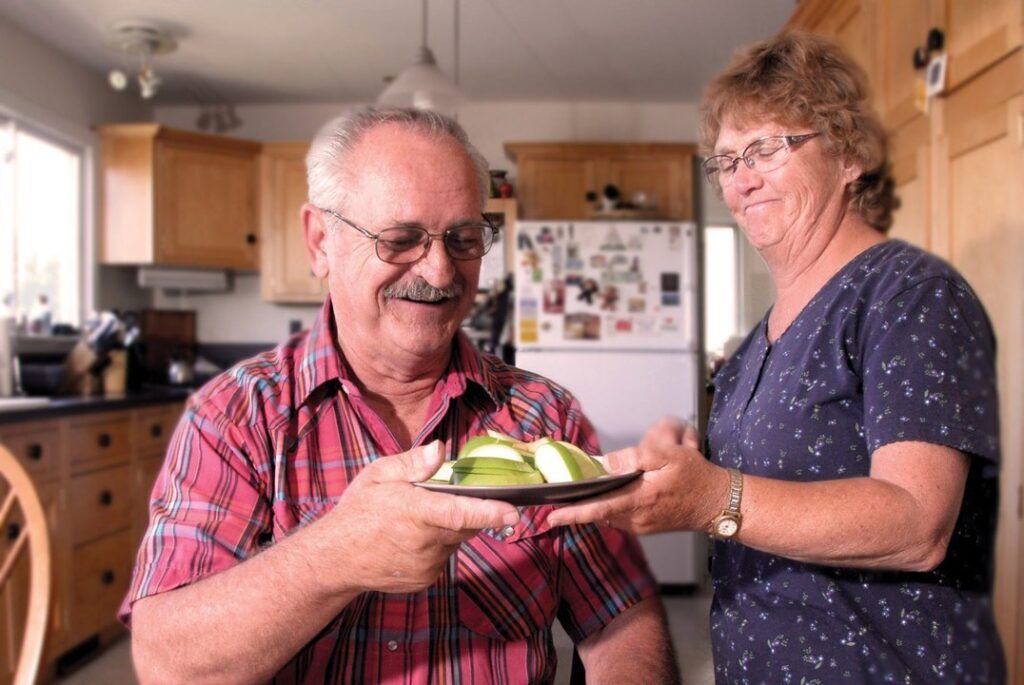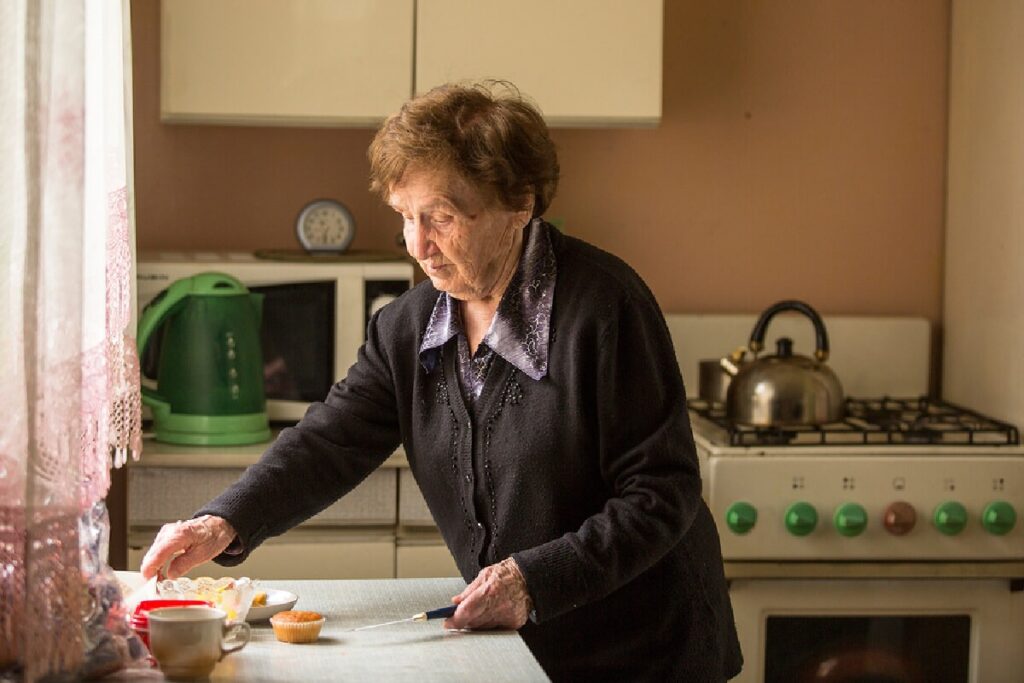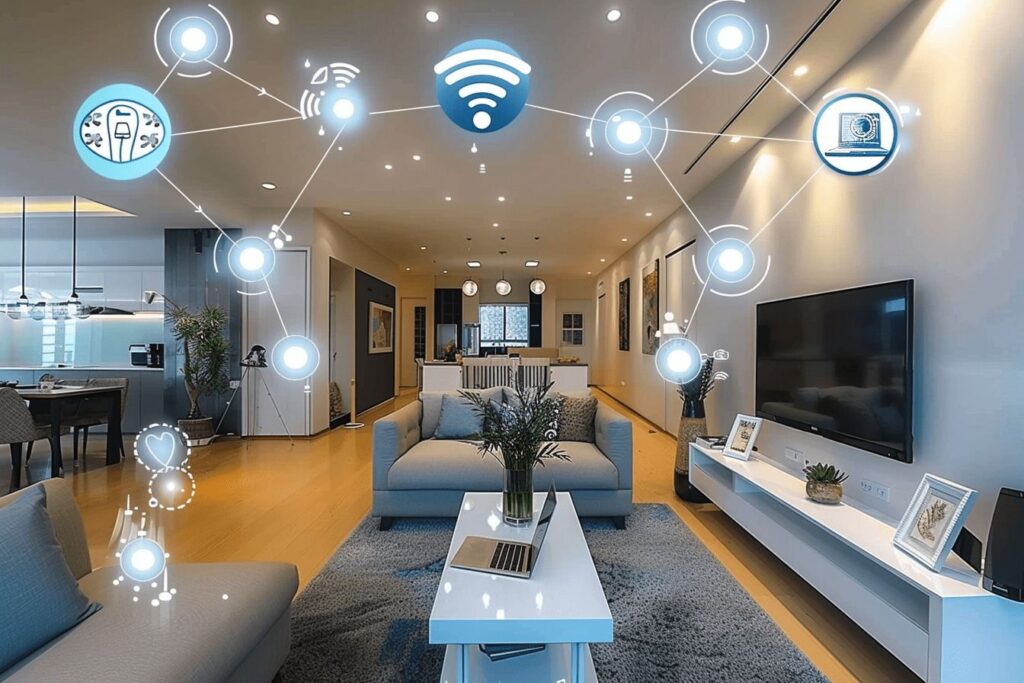How to Create a Comfortable Home for the Elderly
As our loved ones age, their needs and preferences evolve, and so do the demands of their living environment. A home that is perfect for a young family may not suit the needs of elderly individuals, who often require a space that prioritizes safety, comfort, and accessibility. Creating a home for the elderly involves thoughtful design changes that support their well-being while maintaining a warm and inviting atmosphere.

If you’re caring for an aging family member, this guide will help you understand what makes an elder-friendly home different and offer kind, practical suggestions to make your space as welcoming and safe as possible.
Aging Brings Different Needs
For younger people, a home is often designed around convenience, aesthetics, and modern gadgets. But as we age, safety, comfort, and accessibility become the top priorities.
For example, mobility becomes more of a challenge. Stairs that once seemed effortless can now feel daunting. Bright lighting becomes a necessity for reading or navigating rooms safely. And features like slippery floors or high cabinets, once unnoticed, may now pose real risks.
With these changes in mind, it’s important to adjust the home so it feels safe and empowering for older adults without sacrificing the cozy, familiar feeling of “home.”

Tips for Renovating or Designing a Home for the Elderly
1. Prioritize Accessibility

The first step in making a home elder-friendly is ensuring it’s easy to navigate. Here’s how:
- Install ramps: Replace stairs at entryways with ramps or add stairlifts indoors.
- Widen doorways: Doorways should be wide enough to accommodate wheelchairs or walkers.
- Adjust furniture spacing: Ensure clear pathways to prevent trips and falls.
2. Upgrade the Bathroom for Safety

The bathroom can be one of the most hazardous areas in the home for seniors. Small changes can significantly reduce risks:
- Add grab bars: Install grab bars near the toilet, shower, and bathtub for support.
- Opt for non-slip flooring: Use textured tiles or non-slip mats to prevent falls.
- Consider a walk-in tub or shower: These features eliminate the need to step over high edges.
- Install a raised toilet seat: This makes sitting and standing easier for individuals with mobility issues.
3. Enhance Lighting

Good lighting is essential for safety and comfort. To cater to the needs of older adults:
- Use brighter bulbs: LED lights provide bright, energy-efficient illumination.
- Minimize shadows: Position lights to eliminate dark spots, especially in hallways and stairs.
- Install motion-sensor lighting: These lights automatically turn on in key areas like bathrooms and entryways, reducing the risk of falls during nighttime.
4. Choose Comfortable and Functional Furniture

Furniture should be easy to use and support a senior’s comfort:
- Opt for ergonomic designs: Chairs with armrests and firm cushions make it easier to sit and stand.
- Avoid sharp edges: Rounded corners reduce the risk of injury from accidental bumps.
- Adjust bed height: Ensure the bed is at a comfortable height for getting in and out easily.
5. Create a Calm and Inviting Atmosphere

A soothing home environment can positively impact emotional well-being:
- Use warm colors: Soft, neutral tones create a cozy ambiance.
- Incorporate nature: Place indoor plants or create a small garden space for relaxation.
- Reduce noise: Add carpets or curtains to absorb sound and maintain a peaceful environment.
6. Simplify Kitchen Design

The kitchen is another area that can benefit from thoughtful adjustments:
- Lower shelves: Keep frequently used items within easy reach to avoid the need for climbing or bending.
- Add pull-out drawers: These provide better access to stored items than traditional cabinets.
- Use appliances with large buttons: Ensure stoves, microwaves, and other devices are easy to operate.
7. Incorporate Smart Home Technology

Modern technology can make life easier and safer for seniors:
- Install smart thermostats: These allow for easy temperature adjustments.
- Use video doorbells: Seniors can see who’s at the door without having to get up.
- Set up medical alert systems: These devices can call for help during emergencies.
Balancing Functionality with Warmth
While safety and functionality are crucial, it’s equally important to maintain a sense of warmth and familiarity in the home. Incorporate cherished photos, heirlooms, and favorite décor to ensure the space feels personal and welcoming.
Additionally, involving your elderly loved one in the design process can make a big difference. Their input ensures that the changes reflect their preferences and provide a sense of ownership over their living space.
Conclusion
Designing a comfortable home for the elderly requires balancing practicality with emotional well-being. By focusing on accessibility, safety, and comfort while retaining the warmth of a personal touch, you can create a space where your loved ones feel secure and cared for.
These changes may seem minor, but they can significantly improve the quality of life for seniors, offering them the independence and dignity they deserve while living in a space that truly feels like home.
